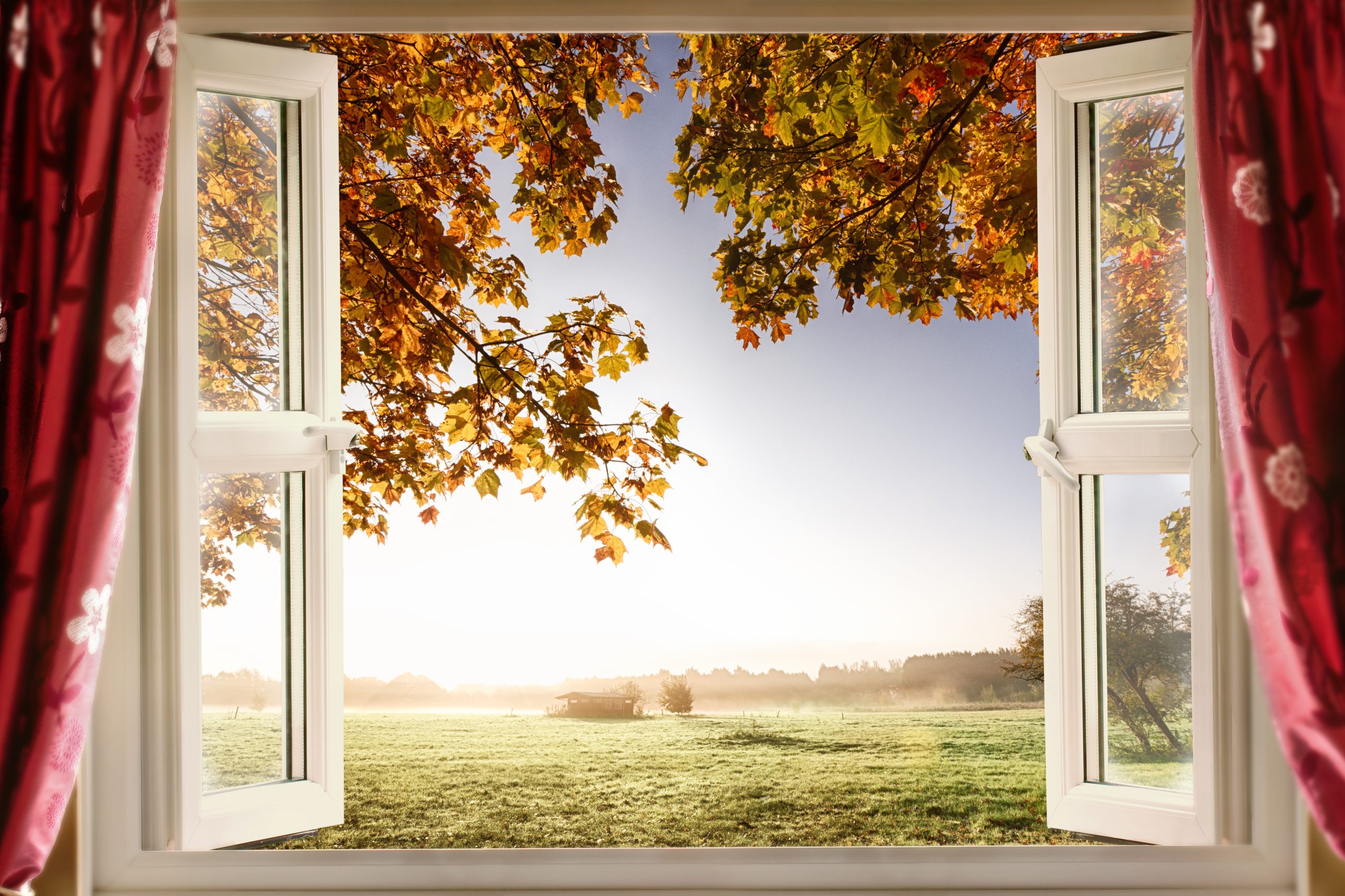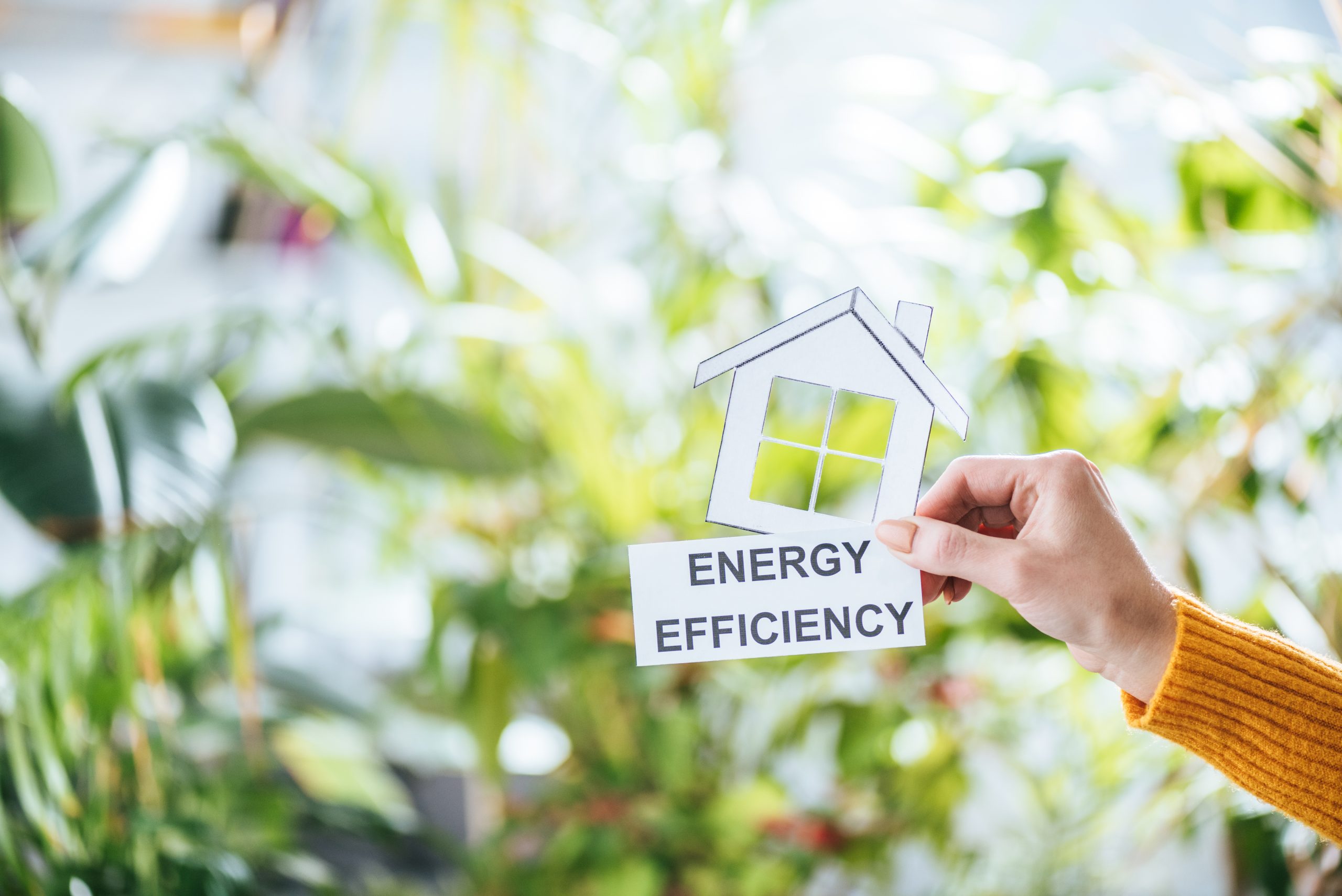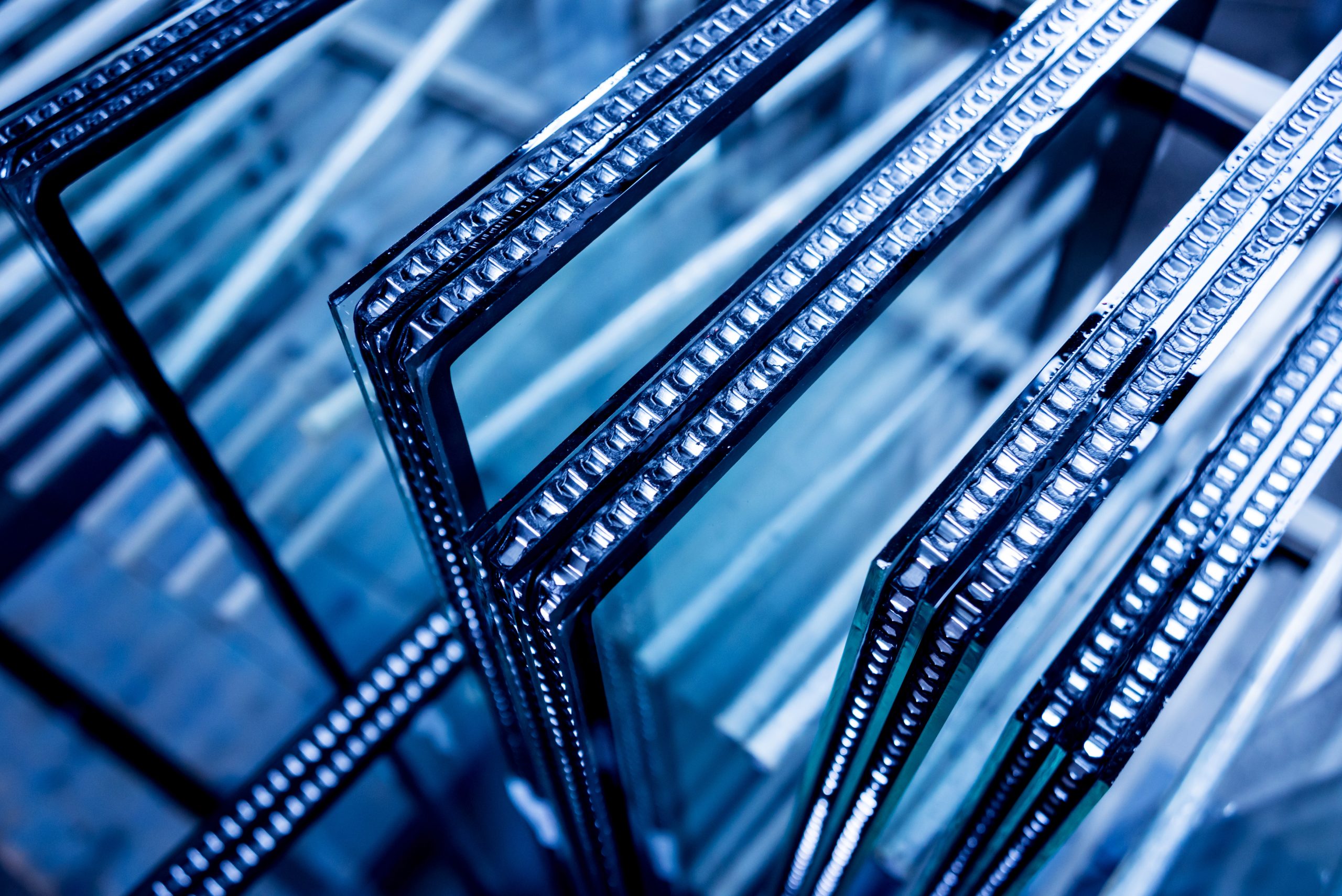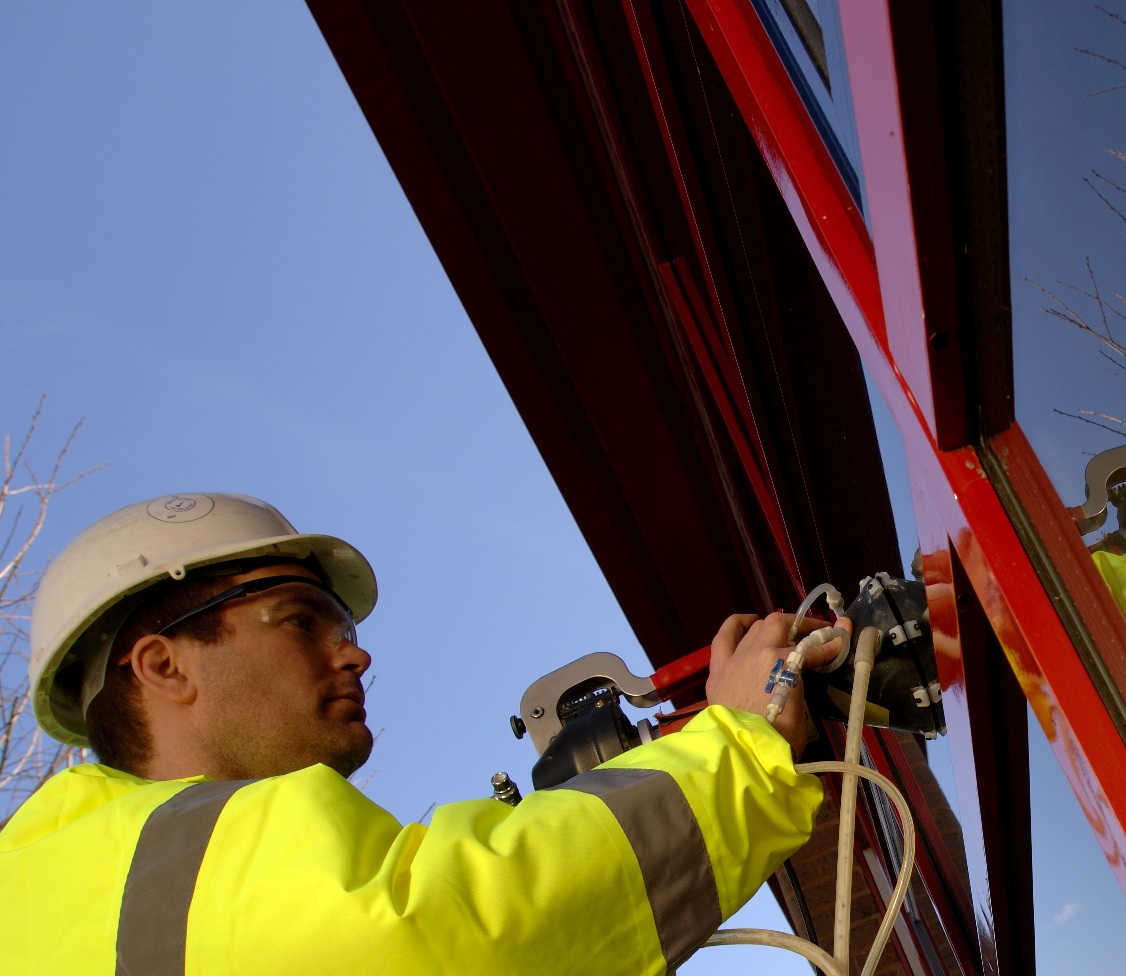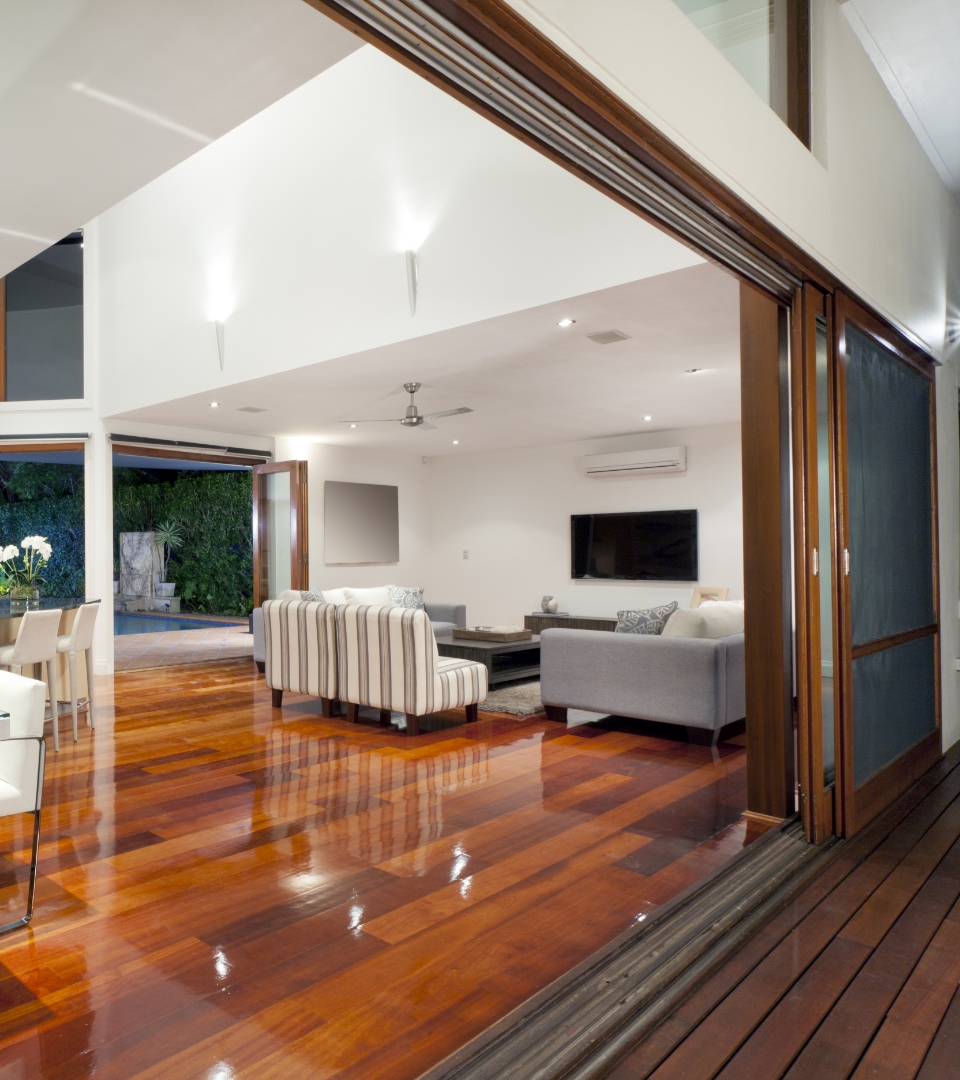Promoting the highest industry standards
Material
The selection of window material is influenced by factors such as personal style preferences, energy efficiency objectives, and maintenance requirements. Various materials offer unique advantages for window construction. For instance, wood, with its timeless aesthetic and insulation properties, is a classic choice despite the need for regular upkeep. In contrast, vinyl windows are favored in modern homes for their durability, low-maintenance features, and energy efficiency.
Alternatively, aluminium windows, known for their lightweight nature, corrosion resistance, and sleek contemporary designs, find applicability in both commercial and residential settings. Ultimately, the decision hinges on a balance of aesthetic, practical, and functional considerations.
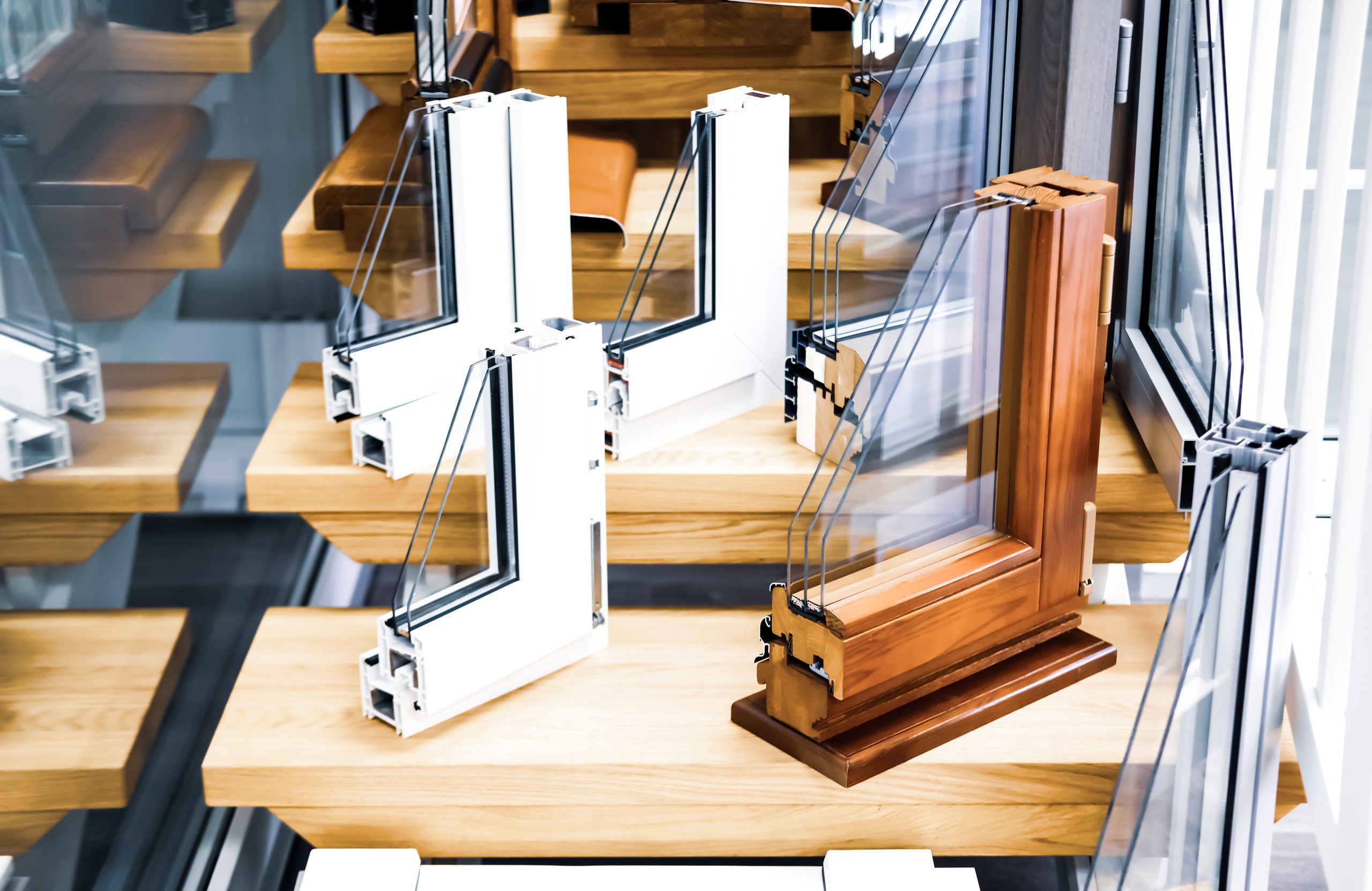
Window Styles
Windows have diverse window styles: Casement windows provide efficient ventilation and easy cleaning; Sash windows offer timeless elegance with controlled ventilation; Tilt and turn windows combine versatility and contemporary design, with options for both inward tilt and outward swing; Roof windows bring natural light to new heights, creating a bright and airy atmosphere. Discover the perfect blend of aesthetics and functionality for your home.
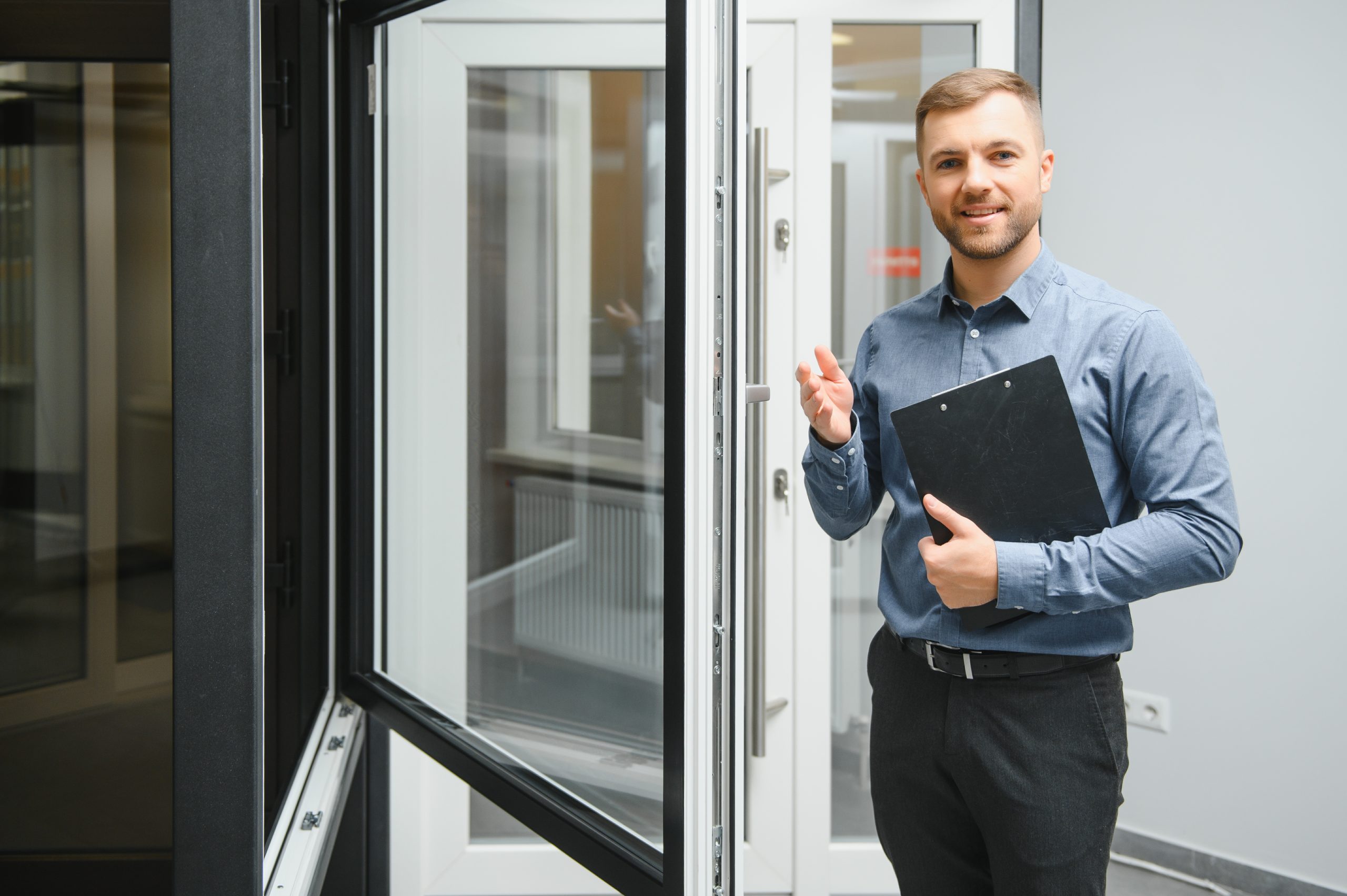
Casement windows
Casement windows, hinged to their frames, have a rich history, initially as single-framed windows in stone or timber openings. Once prevalent in the UK, they featured leaded glass before the rise of sash windows.
Today, casement windows endure as a popular replacement choice due to their functionality, durability, and diverse designs. Traditional versions use timber, painted or varnished, often with double-glazed glass for energy efficiency. UPVC is common for upgrading single-pane casements.
In modern builds, aluminum frames, powder-coated in various colors, offer versatility. It’s crucial to include a thermal break in metal frames to prevent condensation. This ensures casement windows remain both visually appealing and functionally efficient in contemporary constructions.
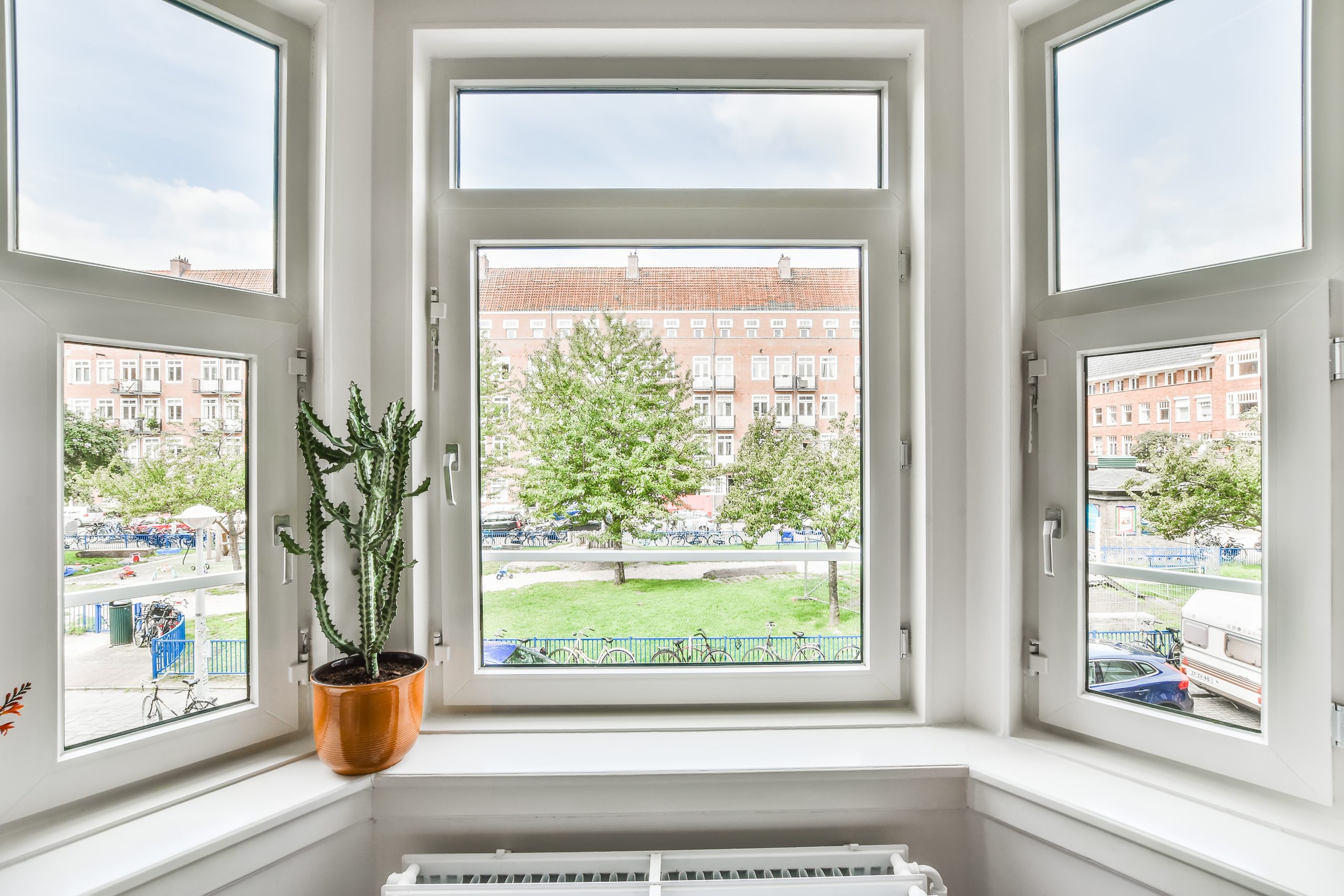
Vertical sliding (sash) windows
Also referred to as box sash or ‘sash and case’ windows in Scotland, sash windows feature movable ‘sashes’ that open through a sliding mechanism. Combining practicality with elegance, they have been a prevalent window style in the UK for centuries.
Although their popularity waned briefly in the 1960s, coinciding with the rise of modern buildings featuring casement-style windows, a shift in attitudes towards conservation since the 1990s has revived interest in the design and aesthetic of sash windows.
This resurgence has prompted many homeowners to restore and reinstate sash windows, enhancing the traditional look and feel of their homes. Single glass pane sash windows can be upgraded to energy-efficient double-glazed versions without compromising the classic sash window style.
Traditionally framed in timber, modern options now include uPVC and aluminum sash windows that mimic the aesthetic qualities of traditional counterparts. These contemporary alternatives offer improved energy efficiency and require less maintenance and painting, addressing previous shortcomings.
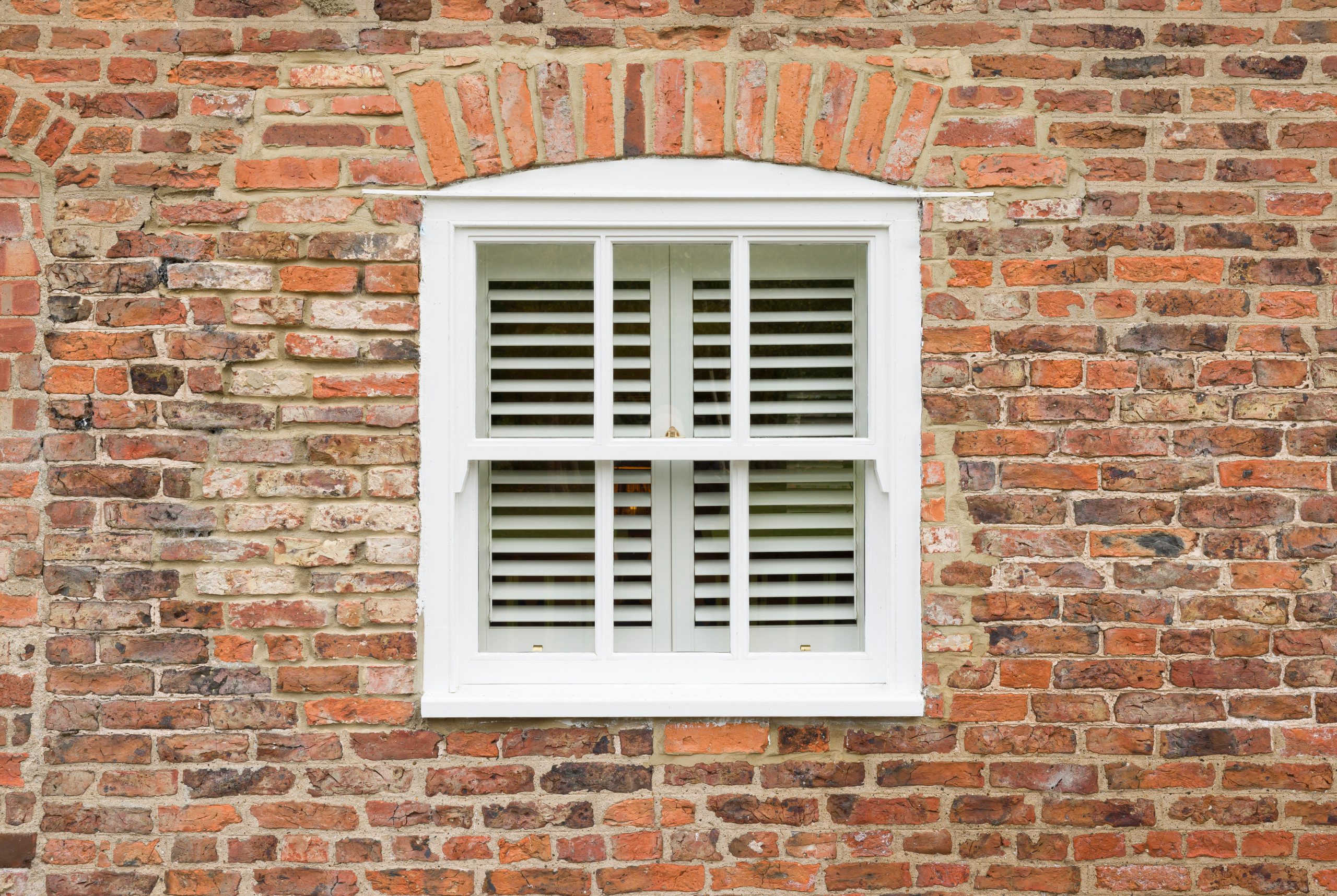
Tilt and turn windows
Tilt and turn windows offer versatile functionality with two opening options. Vertically, they provide secure ventilation, thanks to their tilt feature. Equipped with Multi-point locking systems, these windows enhance home security.
When opened horizontally, tilt and turn windows allow for ample airflow and easy access to the window’s exterior, facilitating convenient cleaning. This horizontal opening is especially advantageous for windows installed above the 1st floor.
Available in various materials, including natural wood, uPVC, and powder-coated aluminum in diverse colors, tilt and turn windows offer a broad range of design options. Their adaptability and aesthetic appeal make them a compelling choice for various rooms in the house.
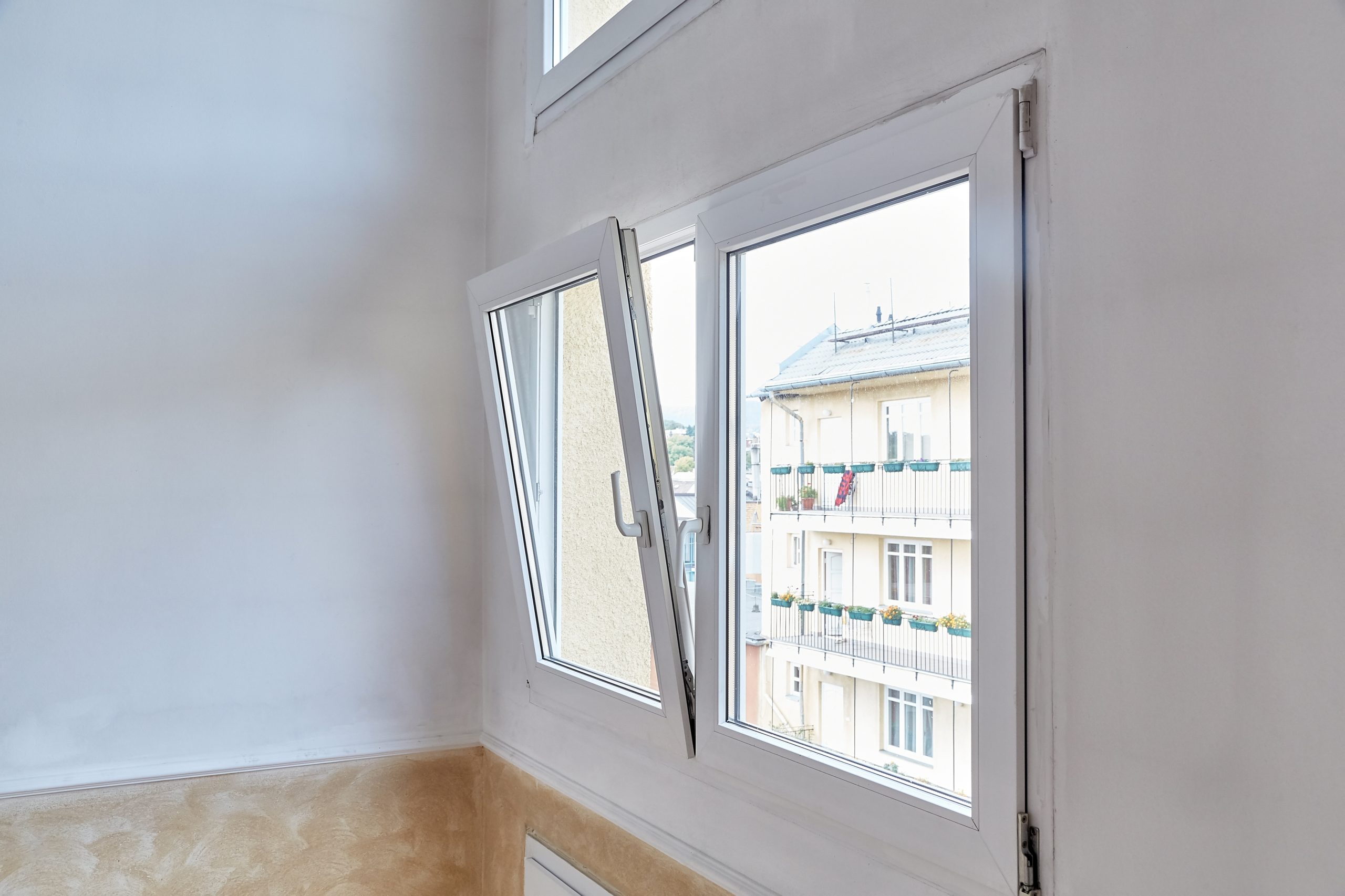
Roof windows
Roof windows, such as rooflights and skylights, are designed to be integrated into roofs and can open outward or pivot. They bring natural light and fresh air to areas of a home where traditional vertical windows may not be feasible, typically found in loft conversions or sloping roofs.
These windows significantly impact the heat retention of a roof, emphasizing the importance of opting for the highest-grade glass and widest double glazing air gap to ensure optimal performance.
Installing a roof window or skylight in a dim upstairs space can transform it into a bright, airy bedroom or additional living area. Some designs even open to create a window balcony, folding away when the window is closed.
Ideal for loft conversions, attics, home extensions, and more, roof windows offer a versatile and effective solution for homeowners seeking to enhance both light and ventilation in their living spaces.
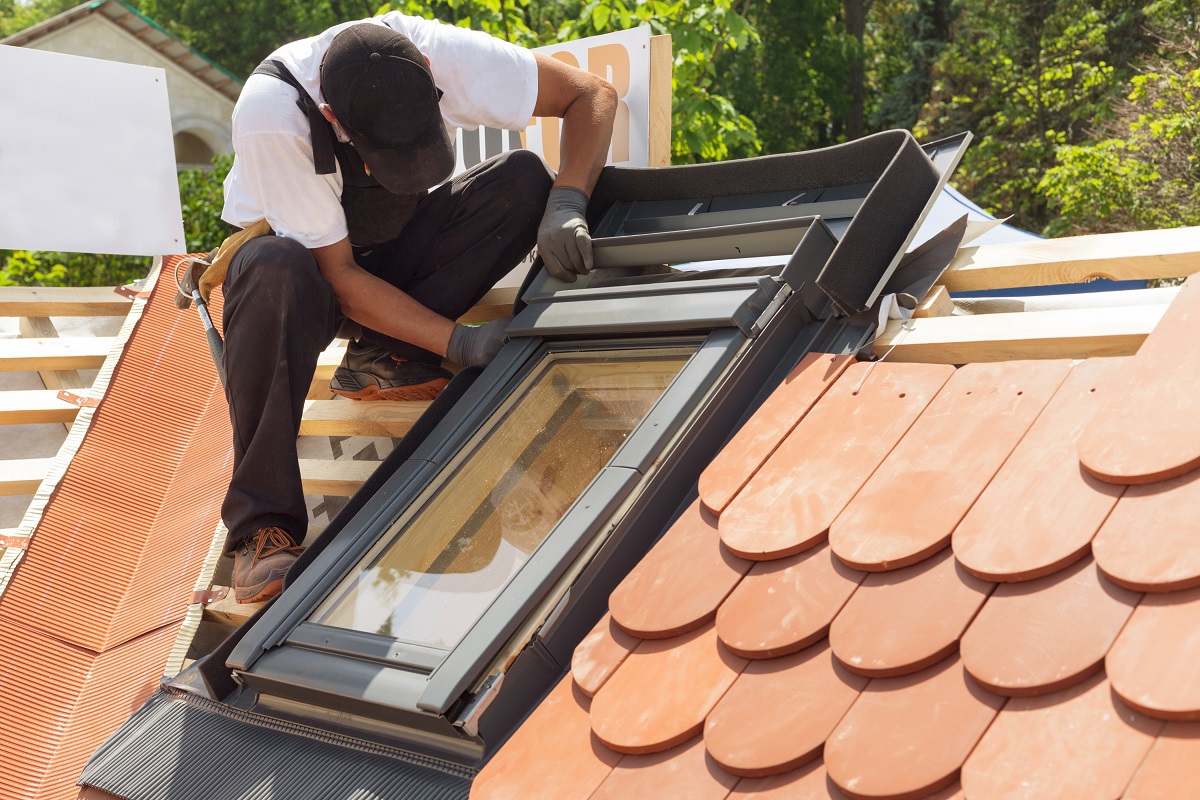

Casement Windows
The casement is a window that is attached to its frame by one or more hinges.
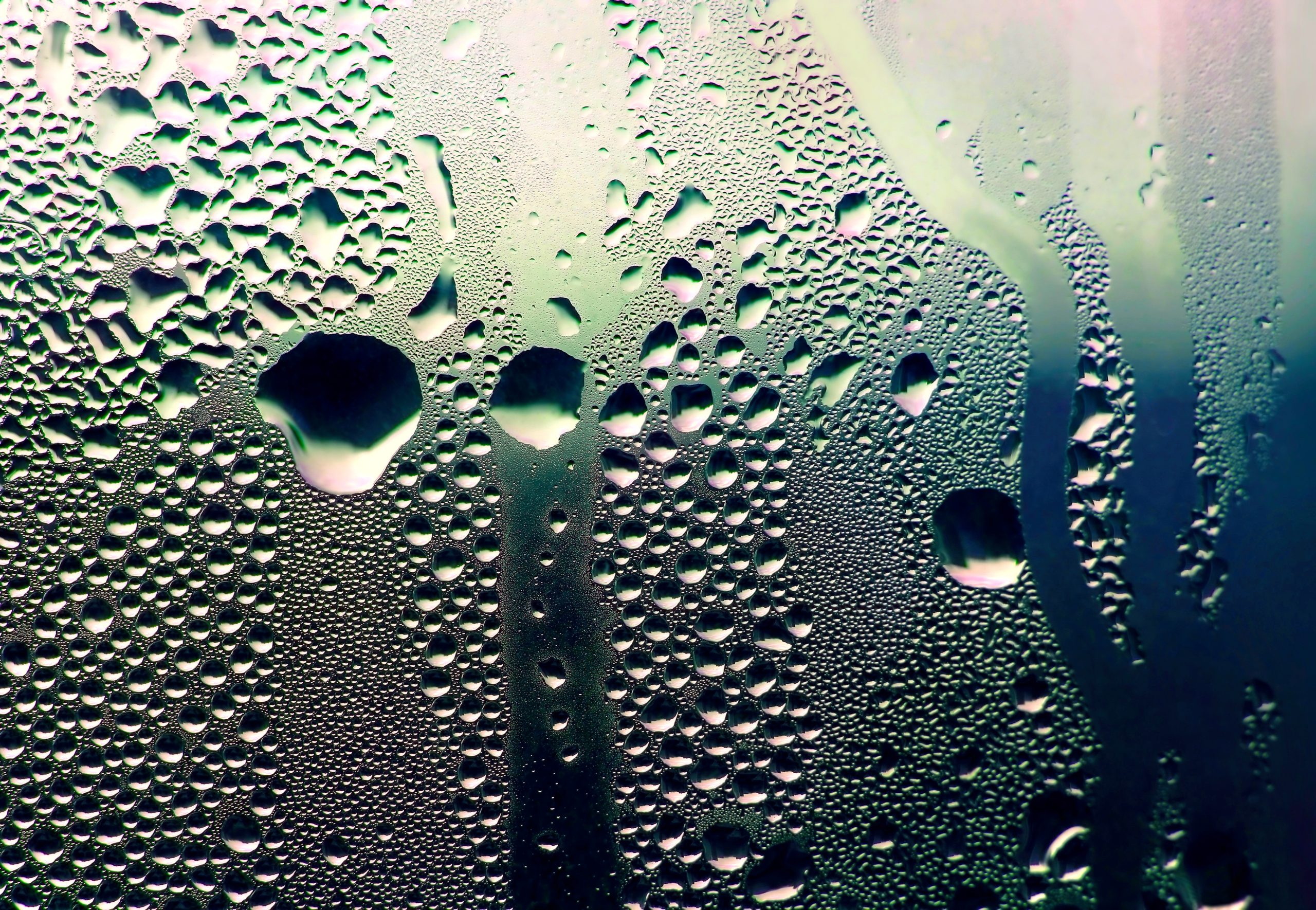
What is condensation?
Condensation in a household setting is when airborne water vapour condenses into a liquid and is deposited on interior (or exterior) surfaces.
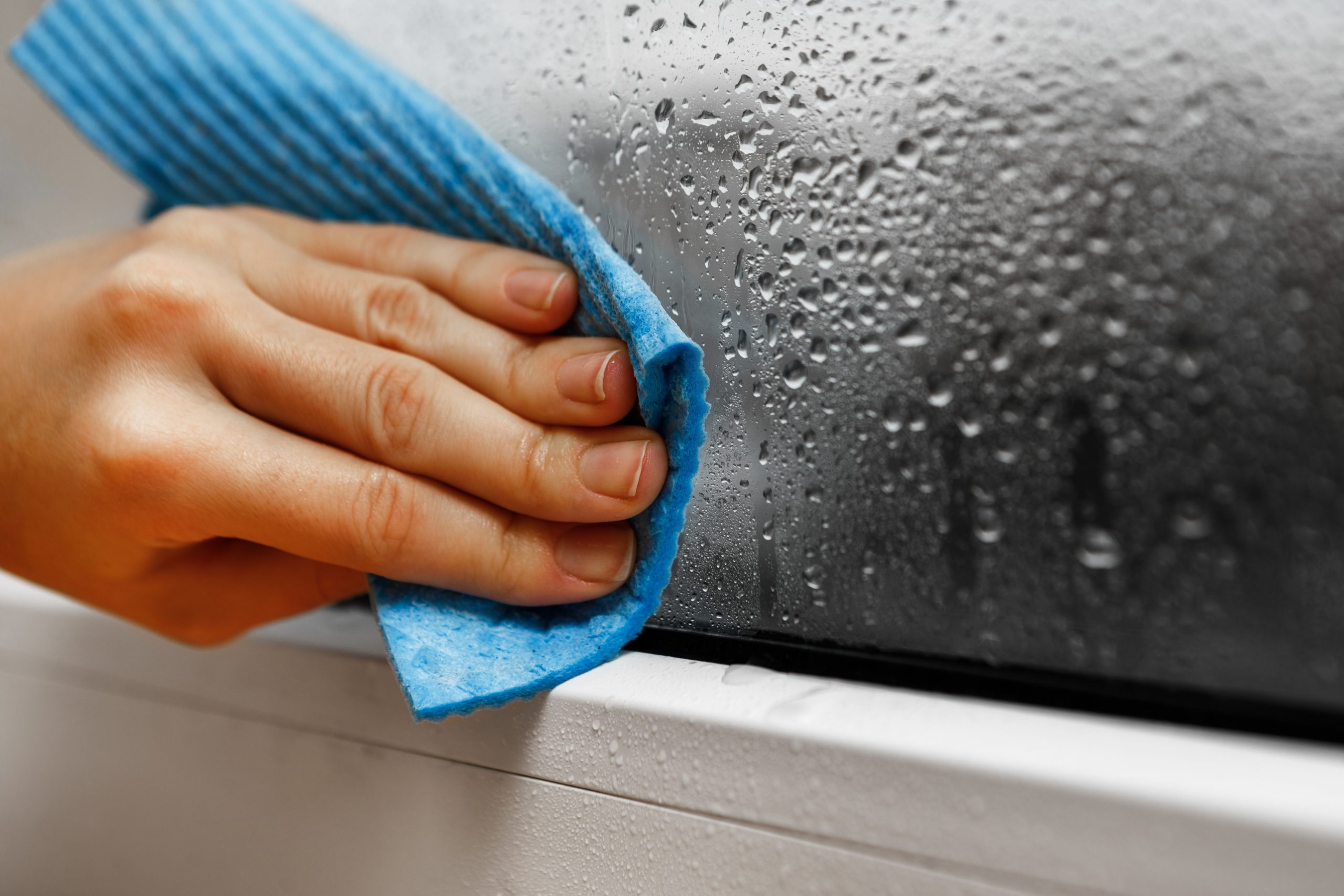
What impacts condensation
The factors governing condensation

Condensation Tips
Helpful tips on condensation
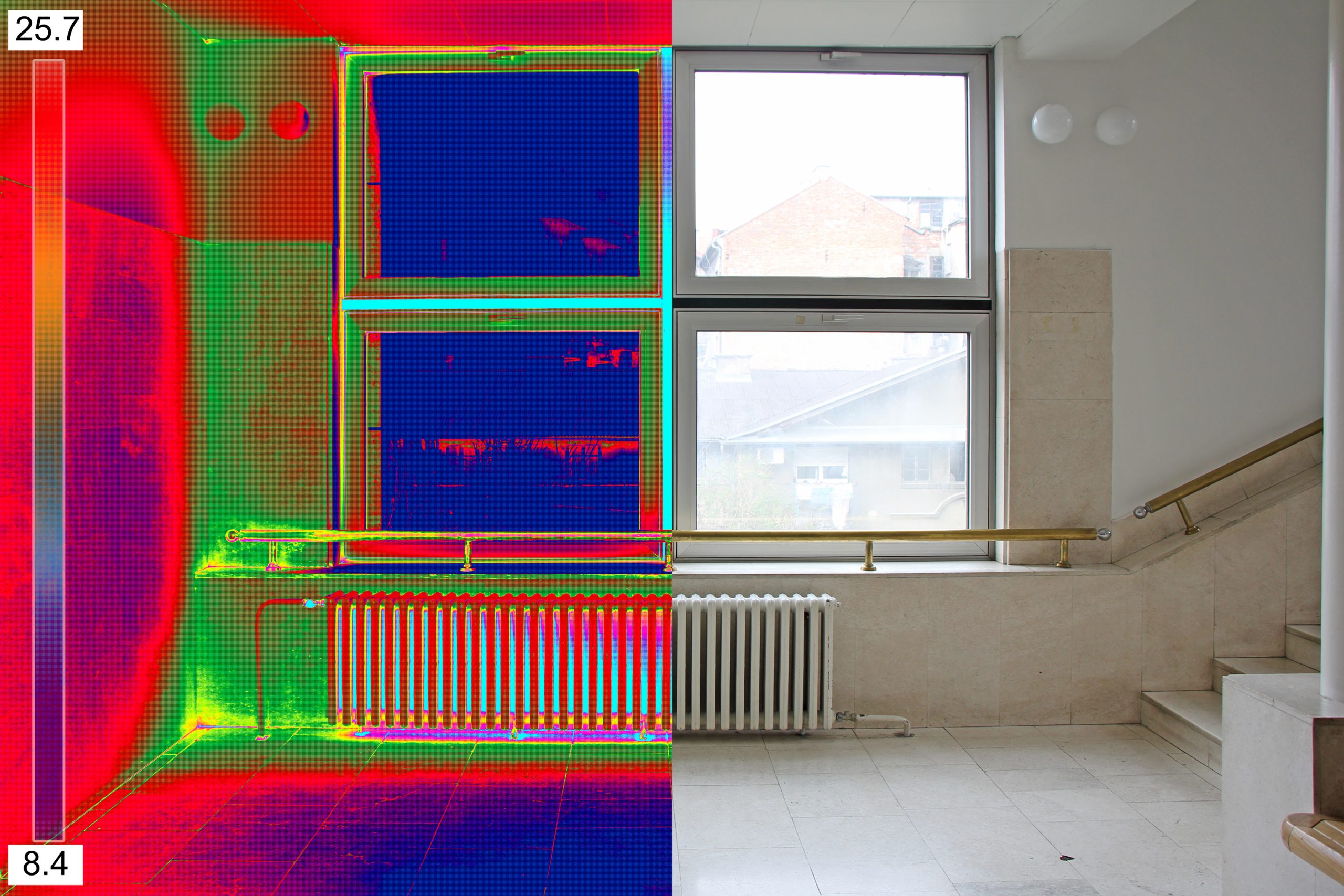
What is energy efficient glazing?
Energy-efficient glazing is the term used to describe glazing consisting of two or more glass panes within a sealed unit. This includes double and triple glazed windows and similar units found within doors.
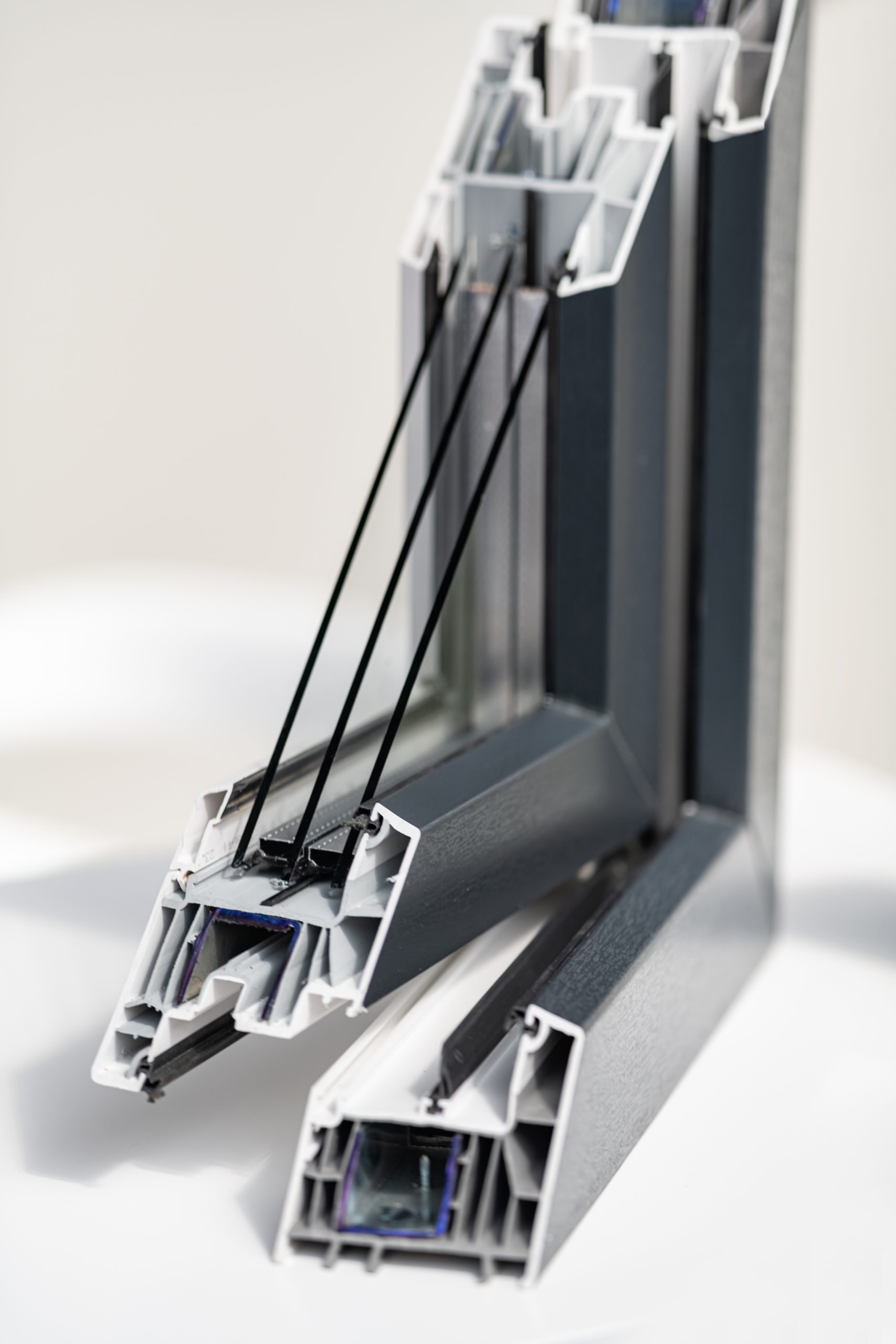
What is in between the glass panes of a sealed unit?
The air gap limits the amount of cold air able to get into your home. It does this by acting as an insulator and is completely sealed.

The type of frame material used
As with the glass itself, the frame material used in energy-efficient windows and doors is also important.

Energy rating and u-values
For ease of purchase, certain window manufacturers label the energy efficiency of their windows with an energy rating ranging from A++ to C, A++ being the most efficient.
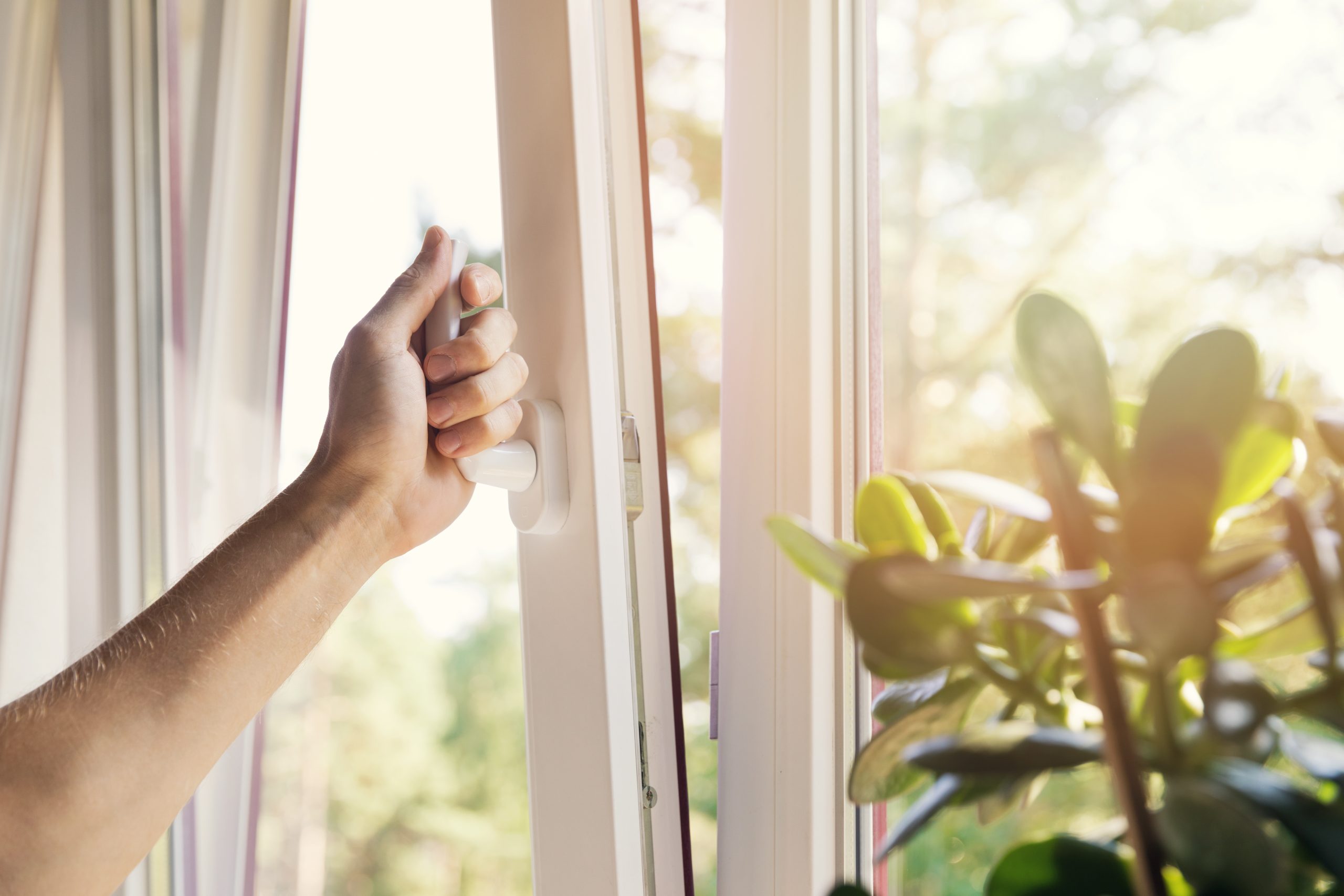
The benefits of energy-efficient glazing
There are many benefits of EEG, which are increasing all the time as technology and building techniques advance, and our eco-awareness increases.

Low Emission Glass
Low emissivity glass is glass that has an invisible microscopic coating applied to it in order to improve its thermal efficiency.
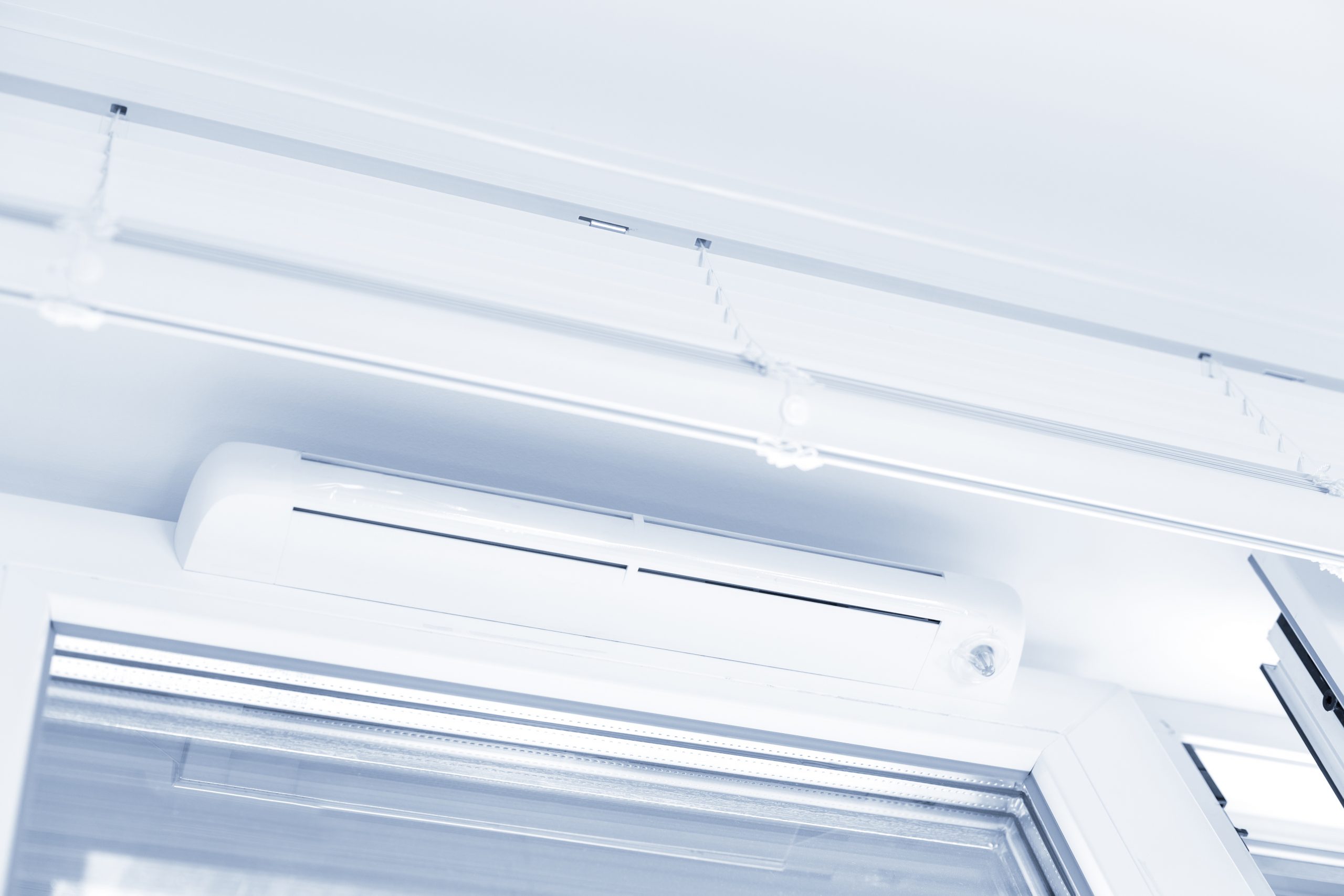
Trickle Vents Styles
Trickle ventilators can be fitted with all window framing materials including PVC-u, timber, steel and aluminium.

Casement windows
The casement is a window that is attached to its frame by one or more hinges.
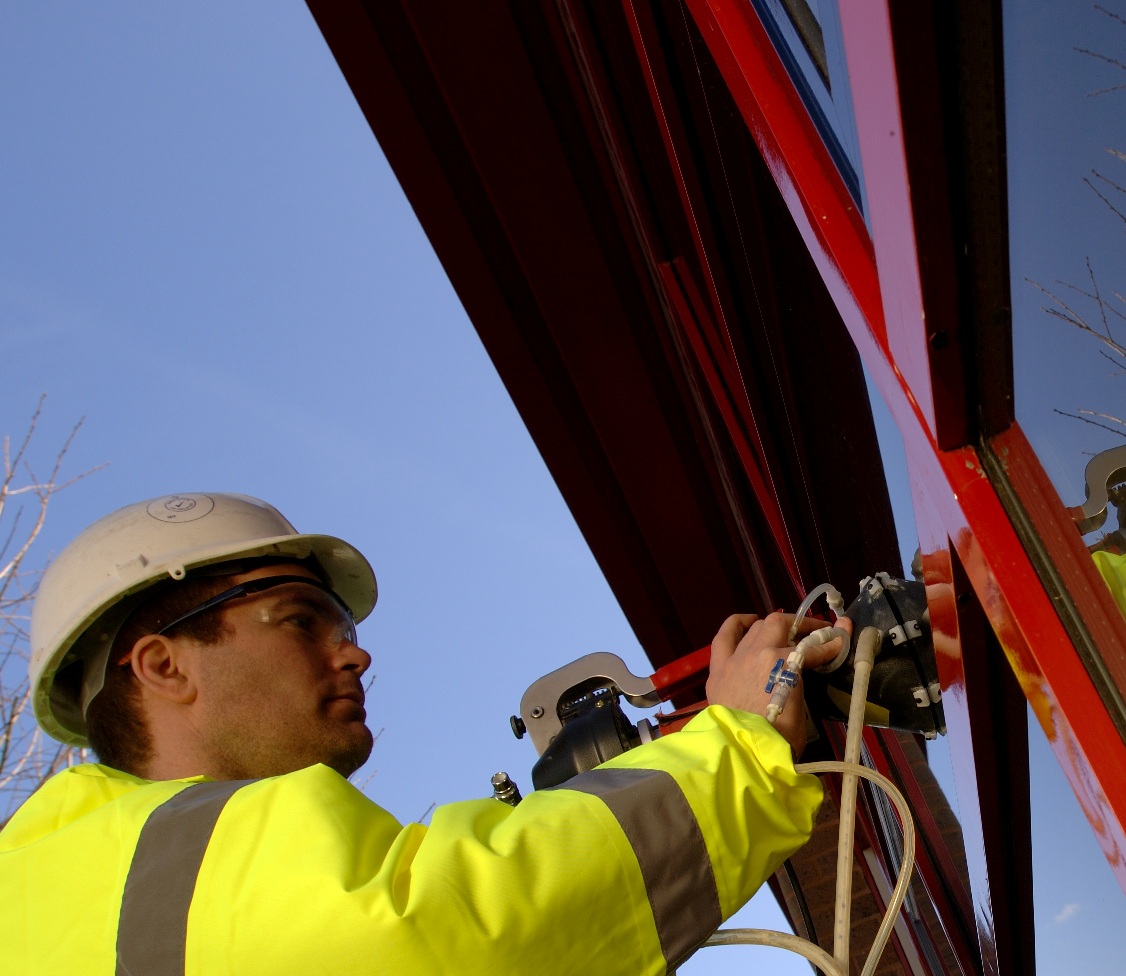
Repair (Windows)
Problems with existing windows can be numerous and range from external issues such as inconsistent energy efficient performance, damage from extreme weather conditions, leaks and misted glass panes, to warped or cracked frames and surfaces, hardware wear and tear, or even rotting frames or sills.
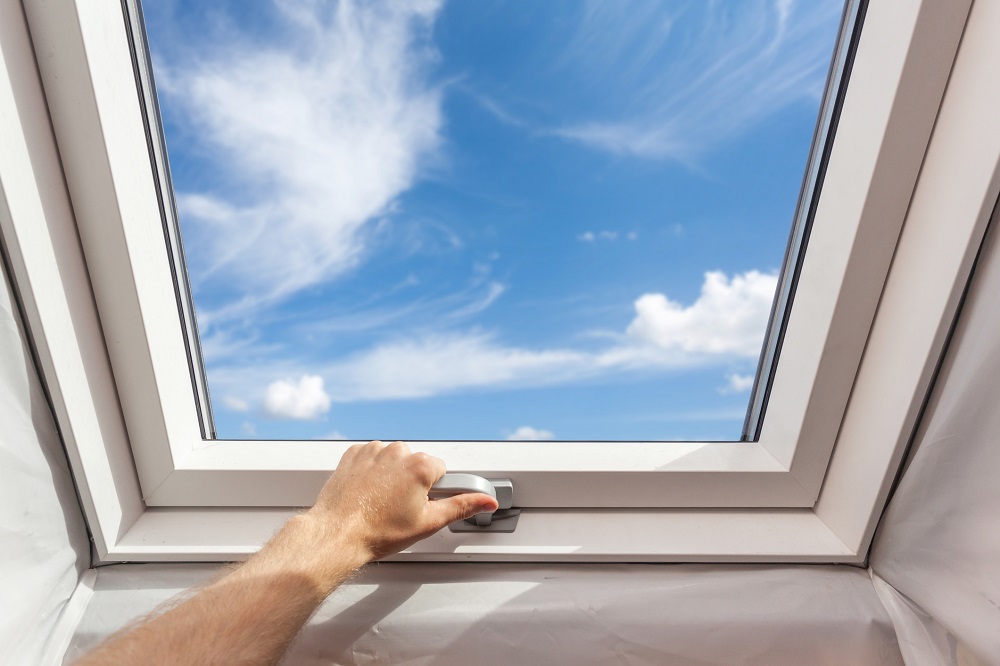
Roof Windows, Skylights & Dormer Windows
Roof windows – including rooflights, skylights and dormer windows – can bring light and fresh air to parts of your home where standard vertical windows cannot be installed.
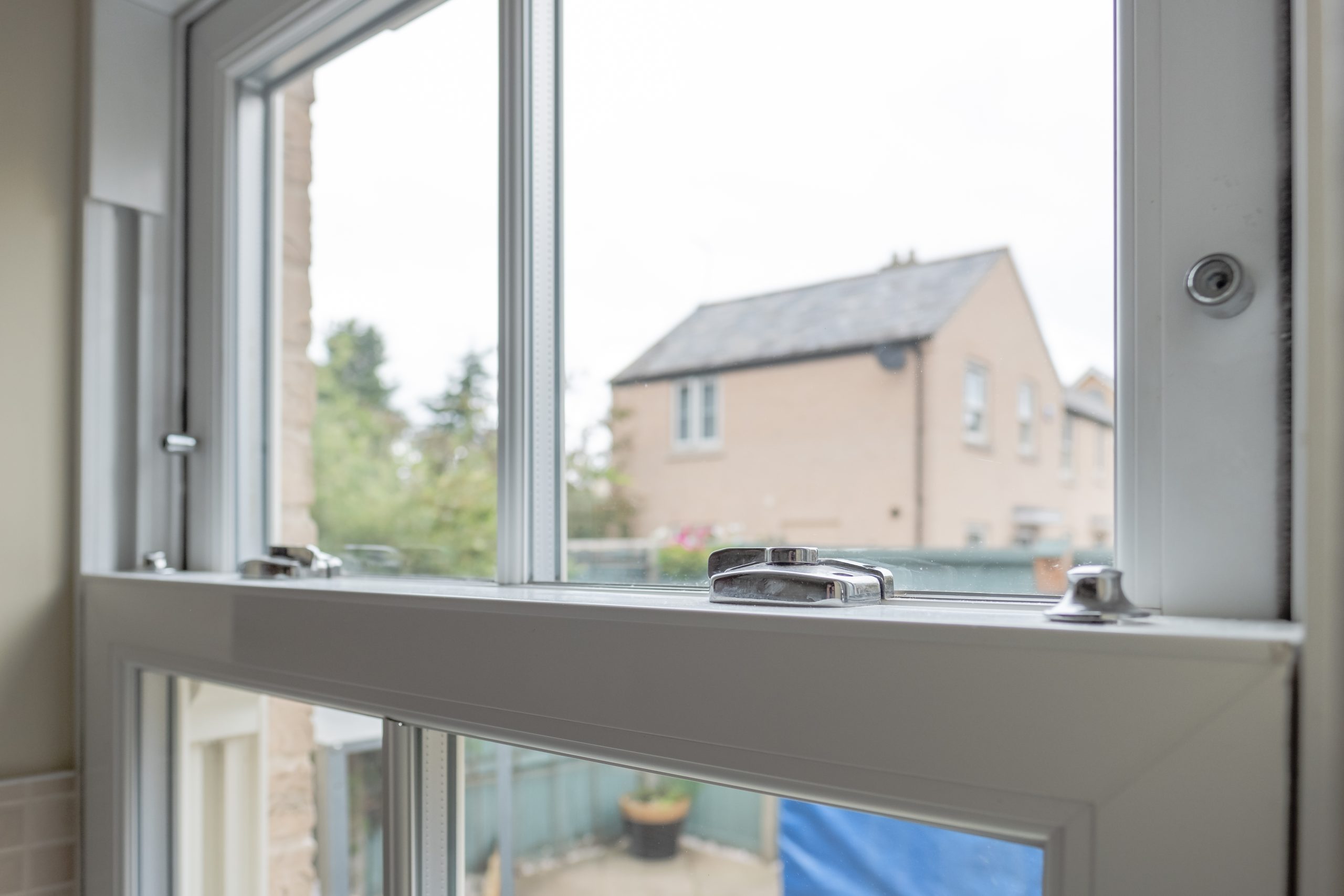
Sash Windows
Offering solid practicality and elegance, sash windows (including box sash windows and vertical sliders) have been one of the most popular types of window in the UK for centuries.
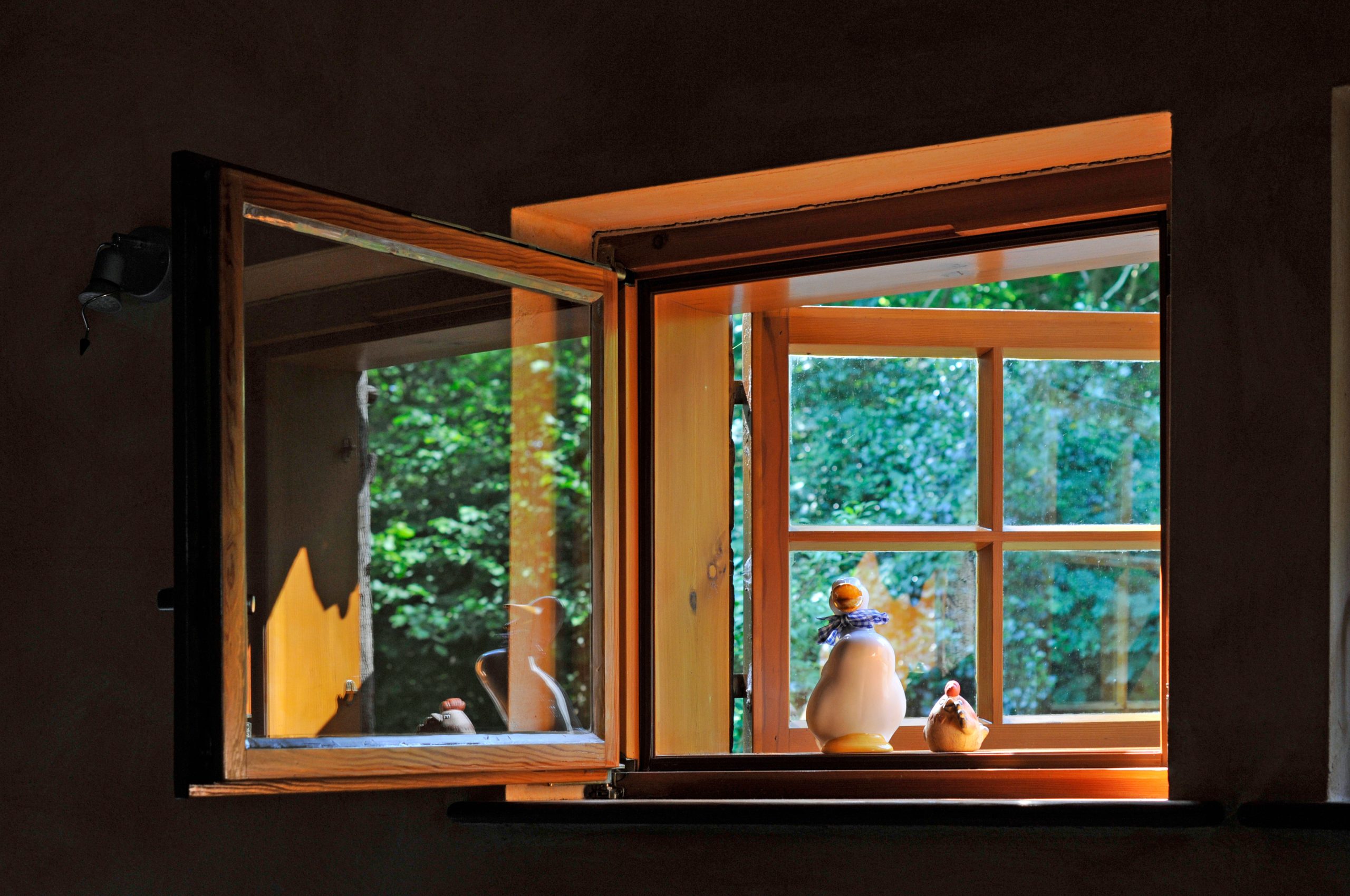
Secondary Glazing
Secondary glazing consists of an additional glazing system (i.e. window unit) fitted to the inside of an existing window.

Tilt and turn windows
Tilt and turn windows are an attractive option for homeowners as they offer easy maintenance and cleaning, a secure opening option and excellent ventilation when fully opened.
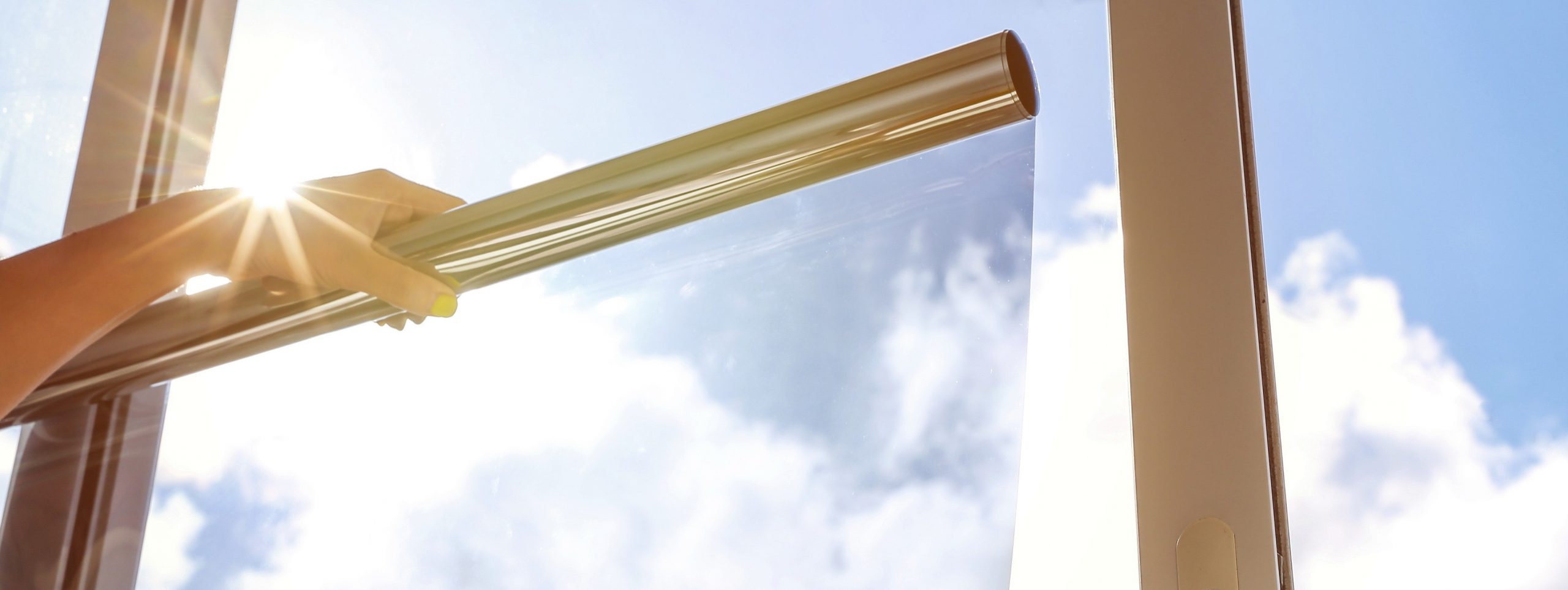
Window Film
Window Film has been designed for application to glass to improve its performance and offers homeowners numerous benefits

 Emergency Glaziers
Emergency Glaziers GGF Shop
GGF Shop MyGlazing.com
MyGlazing.com Find a GGF Member
Find a GGF Member